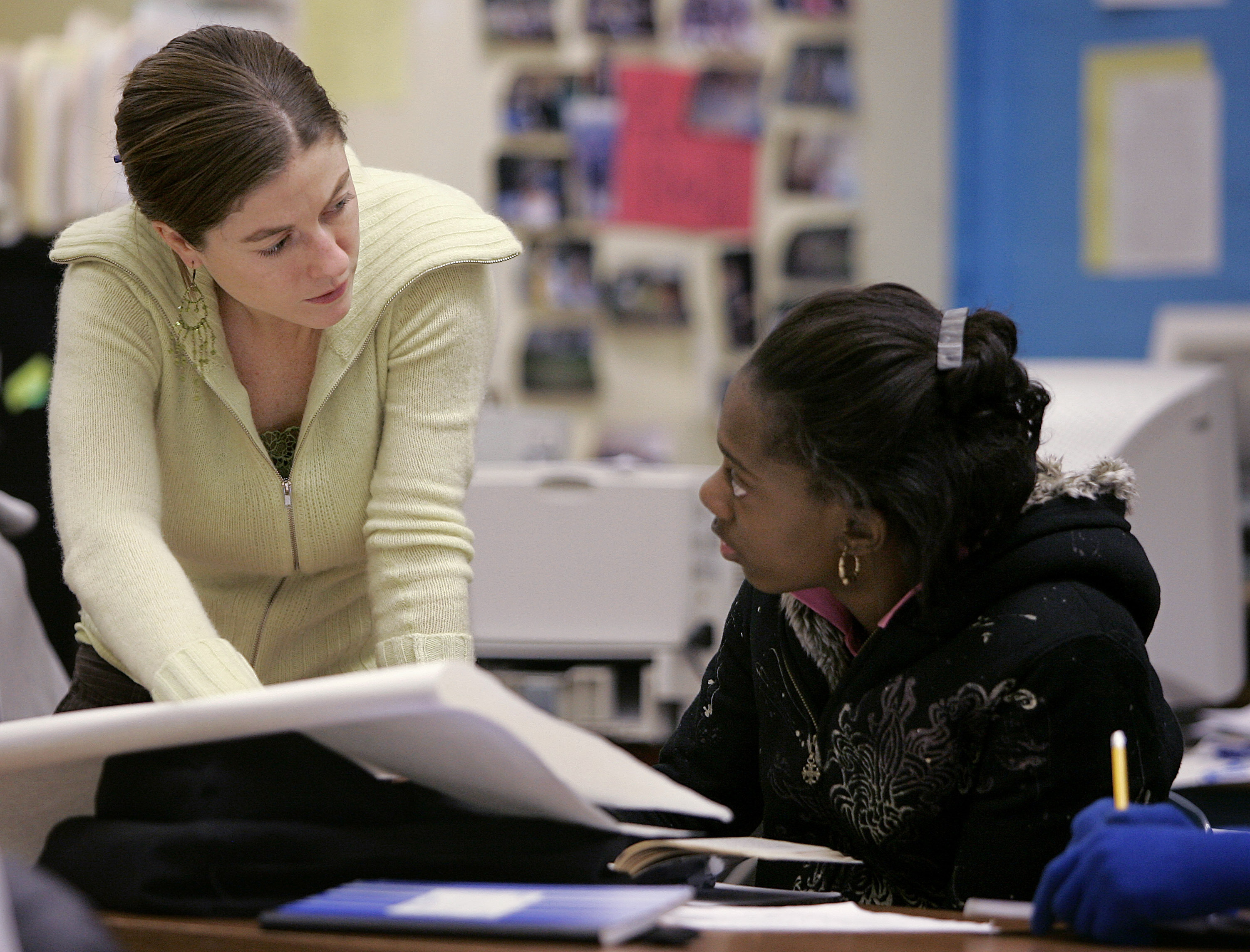For the first time, thousands of Black Americans may be able to trace their roots to enslaved ancestors in the 1800s as part of a groundbreaking DNA study in Frederick County, Maryland.
Hundreds of enslaved people lived and worked at Catoctin Furnace, doing backbreaking work in an iron mill.
“They’re not just names,” said Elizabeth Comer, president of Catoctin Furnace Historical Society. “They’re not just numbers or checkmarks on a ledger or a sale record. These are real people.”
The Smithsonian and Harvard University teamed up with 23andMe for DNA research on workers who were buried at a cemetery there.
“This identical-by-descent comparison is something that’s never been done before,” Comer said. “People want to know what their ancestors did, and we want them to be able to embrace that story.”
Crystal Emory is one descendant who’s doing that.
“I think everybody has a story,” she said. “I think everybody deserves to be remembered by somebody.”
U.S. & World
She recently learned her third great-grandfather lived and worked near Catoctin Furnace. He was a free Black man named Robert Patterson. She believes her fourth great-grandfather may have been enslaved, but records are spotty.
“They didn’t think enough of these people to give them a name in the diaries,” Emory said. “They didn’t even say we buried a male or a female.”
Get a weekly recap of the latest San Francisco Bay Area housing news. Sign up for NBC Bay Area’s Housing Deconstructed newsletter.
She’s working with two of her cousins to build their family tree and hopes to find more relatives, too.
“Their story is the American story, and we are so thrilled to be able to tell it,” Comer said.
The Catoctin Furnace Historical Society hopes to connect with many more descendants in the future and help people learn about their ancestors.



